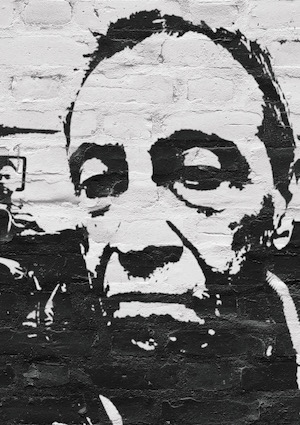 [Photographer Charles Gatewood died on Thursday, April 28, 2016 in San Francisco. According to his KQED obituary, the hospital attributed his death to “injuries after he fell off his third-story balcony several weeks before.” The New York Times obituary quotes his sister, Betty Gatewood, as saying, “There is no doubt that his death was the result of a suicide attempt, as he left several notes behind.” (Sources who knew him well tell me that he’d been taking medications for severe physical pain for years.)
[Photographer Charles Gatewood died on Thursday, April 28, 2016 in San Francisco. According to his KQED obituary, the hospital attributed his death to “injuries after he fell off his third-story balcony several weeks before.” The New York Times obituary quotes his sister, Betty Gatewood, as saying, “There is no doubt that his death was the result of a suicide attempt, as he left several notes behind.” (Sources who knew him well tell me that he’d been taking medications for severe physical pain for years.)
Starting in the 1970s I reviewed a number of Gatewood’s books and shows, including one of the earliest. (The 1972 New York Times review quoted below appeared later in my 1979 book Light Readings.) I also included a selection of Gatewood’s images in my 1977 survey The Grotesque in Photography. He enjoyed those responses enough to invite me to write the introductions to two of his monographs: Wall Street (R. Mutt Press, 1984), and Charles Gatewood Photographs: The Body and Beyond (Flash Publications, 1993).
In between those two commissions I conducted a lengthy interview with him that remains unpublished in its complete form. (Portions of it made their way into Clichés, a Belgian magazine, in 1989, and then into my 1993 monograph introduction. Click here for a PDF of that interview.)
Over time Charles added color to black & white for his still photography, and began making videos of the underground scenes to which he had access. He leaves behind an enormous archive of invaluable material about pockets of western and Asian culture that, once hidden from sight, went increasingly mainstream in his lifetime — due, in some part, to Gatewood’s bringing them into the light of day in his celebratory images.
Click here for the 1985 feature film about his work by Mark and Dan Jury, Dances Sacred and Profane. Click here for a trailer for the 2015 film about Gatewood by Carl Abrahamsson, Once the toothpaste is out of the tube – An art apart: Charles Gatewood. Click here for a 1996 interview with him by Joe Donohoe. And click here for an excerpt from Gatewood’s unpublished Dirty Old Man, a Memoir.
To commemorate Charles’s life and work, I’m publishing here my 1993 introduction to his retrospective monograph. Part 1 appears below; click here for part 2. — A. D. C.]
•
Charles Gatewood:
“The kind of guy who takes ‘those pictures'”
by A. D. Coleman
We could be so much more than we are, and we don’t know it — we’re unfulfilled. God is hiding inside of us, trying to get out, and we either forgot or we don’t want to know or we’re ignorant — ignorant, mostly — of that fact. Instead, we bought a cheap bill of goods. We’re not living up to our potential; we don’t even know what our potential is. I think, ultimately, that full potential is pure spirit. — Charles Gatewood
How, exactly, are we to understand the work of Charles Gatewood?
One way is to say that Gatewood has spent the past thirty years photographing the secret life of North America: the eccentricities, the kinks, the excesses, the rebellions, the general weirdness of what lies beneath the surface of everyday life in the U.S.A. He has brought us face to face, indeed nose to nose, with an astonishing assortment of men, women, and undefinable gender-mixes, costumed, tattooed, pierced, whipped and chained, acting out in private and in public their insistent nonconformities — displaying their marvelously varied idiosyncracies, their creative lunacies, forthrightly, proudly showing off their otherness to the rest of us through the transforming system of Gatewood’s camera and consciousness.
This encourages us to think of Gatewood as a mix of artist and voyeur, and while neither he nor I would deny the applicability of those descriptors they ultimately prove — as this survey of his life’s work demonstrates — insufficient. A richer view of Gatewood’s achievement accompanies the recognition that for those three decades this photographer, whose background is in anthropology (he studied at the University of Missouri and the University of Stockholm), has worked as a visual anthropologist, attending closely to a variety of U.S. subcultures. His explorations have taken him deep into the sexual underground and the related social matrix of elaborately pierced and tattooed men and women, in whose apparent extremes he has found clear connections to shamanism, mortification of the flesh, transcendence of pain and other spiritual concerns and ancient rituals.
The cumulative result is a body of work that’s at once fascinating and startling for many reasons, some obvious and some not. One is its implicit proposal that, like charity, anthropology begins at home. Another is that most of us haven’t spent much time around others who involve themselves in complex sexual theater, who make holes in their own flesh anywhere save their earlobes, who treat their skins as blank canvasses awaiting the brush, and are willing to display the results unabashedly. So far as we know, that is.
This microcosm of Gatewood’s is inhabited by cheerful, wholesome, outgoing folks of all ethnicities, most of them clearly middle-class types; his images can make you wonder what’s really under your stock broker’s jacket and tie, or beneath the blouse of that bright-eyed teller at the bank, can lead you to ask what your lover’s parents — or even your own — might get up to at night when they’re alone, or among intimate friends, or out on the town.
When he began his work, Gatewood was taken by many to be little more than an eccentric whose concerns were marginal. Nowadays, it seems that half of teenage America is pierced in nose, lip, ear and elsewhere; tattoos, even ornate ones, are no longer uncommon, on women as well as men; black leather and metal chains are haute couture; and celebrities like Madonna regularly appear in S&M drag. As a result, Gatewood looks more and more like a prophet.
Yet what he was foreseeing, or intuiting, needs to be understood less as a coming fashion that will inevitably pass than as a return to or resurfacing of something enduring. What’s essential to understand about his work is that no matter how eccentric or bizarre a number of the specific rituals portrayed appear, they are all tied to traditions, in most cases ancient traditions. Considered in that light, things that might at first strike one as lunatic fringe, or social eccentricity, suddenly start to seem very central, connected to a continuum of the primitive that courses just beneath the surface of culture.
Thus there’s a certain shock of recognition in one’s encounter with Gatewood’s subjects: after all, who among us is not of aboriginal descent? The resulting fascination has supported Gatewood’s work over the years and brought him increasing respect and visibility, along with an international audience. Countless periodicals have published his images; they’ve been featured in many exhibitions; and he’s even been the subject of a powerful, widely distributed feature-length film by Mark and Dan Jury, Dances Sacred and Profane, in which the cohesiveness and substance of his concerns finally are made apparent.
As Gatewood himself says, “What I’m really doing in my work is going into American subcultures in the same way an anthropologist would go into different cultures or subcultures around the world. Now, I think of myself as a visual artist; that part of my work is very important — the way I present material in a black & white still photograph. I think some of the best stills can be taken as art, in a fine-art context. But I’m also a reporter — a witness, or a mirror, if you will — of unusual behavior. Maybe it could be called artistic reporting. I want to do more than just describe. I want to get inside and bring back some of the spirit of what’s going on. When I go out, I don’t know what I’m going to bring back. I don’t want to know. I want to go into the mystery; I want to go into the unknown, and maybe bring back a piece of unknown. I want to be surprised.”
•
Almost by definition, anthropology as a discipline scrutinizes cultures that are not the anthropologists’ own. Gatewood, contrarily, has concentrated on microcultures thriving within the borders of his own country and (for the most part) firmly established in the urban environments where he himself resides. Anthropologists, traditionally, also maintain a distance between their subjects, whereas with Gatewood — as with the anthropologist Carlos Casteneda, who worked for years with the Yaqui wizard he called Don Juan — the line between observer and participant is frequently blurred, if not actually erased.
For that reason, and because he refers to his work as “personal anthropology,” it’s essential to understand the connections between Gatewood’s biography and his imagery. Born Charles Robert Gatewood on November 8, 1942 in Chicago, he grew up in Missouri, in the Ozarks, in an alcoholic family — “never knowing,” he recalls, “what ‘normal’ was. I think that’s important. I knew that my family was different, and I always knew that I was different. But I still never understood exactly why.”
He left there to go to school and become an anthropologist, but realized quickly, as he puts it, that “an academic career through a university in a standard way was not my cup of tea. So I bought a Leica, went to Europe for a couple of years, travelled around, came back to New York in 1966, and the ’60s were exploding. I knew immediately what my subject matter was — it was all around me. From that point on, I never questioned what my work was about or what my subject matter was.”
•
 A little more than twenty-one years ago as of the date of this writing, in March of 1972, I walked into the prestigious Light Gallery on Fifth Avenue to see an extensive selection of Gatewood’s work in order to review it for the New York Times. Before that I’d seen only tantalizing bits and pieces, in group shows and occasional publications; this exhibit was my first opportunity to get a sense of the nature and scope of his project. The gallery had juxtaposed his work with that of another picture-maker, one who epitomized a burgeoning academic-art tendency in U.S. photography.
A little more than twenty-one years ago as of the date of this writing, in March of 1972, I walked into the prestigious Light Gallery on Fifth Avenue to see an extensive selection of Gatewood’s work in order to review it for the New York Times. Before that I’d seen only tantalizing bits and pieces, in group shows and occasional publications; this exhibit was my first opportunity to get a sense of the nature and scope of his project. The gallery had juxtaposed his work with that of another picture-maker, one who epitomized a burgeoning academic-art tendency in U.S. photography.
On that occasion, I wrote (concerning Gatewood’s co-exhibitor), “One cannot make love by following a textbook — nor, for that matter, by merely violating its instructions.” I then went on to say the following about Gatewood’s own work:
Gatewood’s photographs … can be placed within a definite photographic tradition — one which begins, perhaps, with a horde of unsung news photographers; reaches its first culmination point in Weegee; its second in Robert Frank, Lee Friedlander, and Diane Arbus; and is currently being expanded by such younger photographers as Geoff Winningham, Paul Diamond, Les Krims, Gatewood’s cohort George Gardner, and Gatewood himself. But that tradition is not itself the subject.
The subject matter of all these photographers is people; their concern is the social landscape, specifically that of America, and their approach is simply to seek out the most extreme manifestations of our cultural consciousness — those places and events where we let it all hang out — and record it. Their art is Stendhal’s: “A mirror held up along the highway.” And they may, in fact, represent the only form of “pure” photography still vital today.
While all these photographers are excellent craftsmen, their involvement with the print is not directed toward the creation of a precious object but with the amplification of the content. It is not accidental that several of them prefer to make enormous prints, nor that most have gravitated towards such vehicles for reproduction and dissemination as … books … produced on a mass scale. The image, not the print, is the message.
… Mardi Gras … serves well as a central metaphor for Gatewood — an event in which the rules are suspended and people are free to act out their personal realities, which may be anything from drunken costumed bliss in the streets to a transvestite mooning the camera in a bar. Gatewood’s world is freakish, earthy, blunt, erotic — most of all, terribly and beautifully alive. (New York Times, March 26, 1972)
(Part 1 I 2)
[Note: All statements by Gatewood throughout this essay come from an unpublished interview with him conducted by the author in 1987. Click here for a PDF of that interview.]
•
This post supported by a donation from photographer Michael Rosen.
•
 Special offer: If you want me to either continue pursuing a particular subject or give you a break and (for one post) write on a topic — my choice — other than the current main story, make a donation of $50 via the PayPal widget below, indicating your preference in a note accompanying your donation. I’ll credit you as that new post’s sponsor, and link to a website of your choosing. Include a note with your snail-mail address (or email it to me separately) for a free signed copy of my 1995 book Critical Focus!
Special offer: If you want me to either continue pursuing a particular subject or give you a break and (for one post) write on a topic — my choice — other than the current main story, make a donation of $50 via the PayPal widget below, indicating your preference in a note accompanying your donation. I’ll credit you as that new post’s sponsor, and link to a website of your choosing. Include a note with your snail-mail address (or email it to me separately) for a free signed copy of my 1995 book Critical Focus!


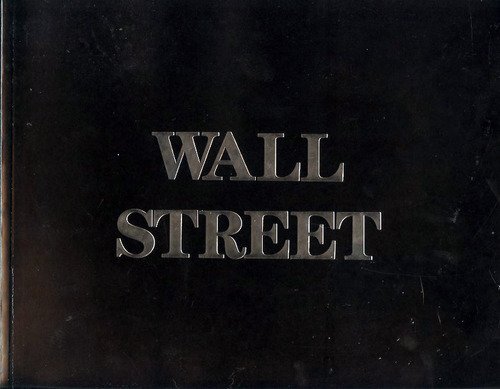
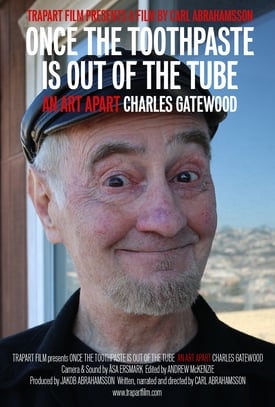
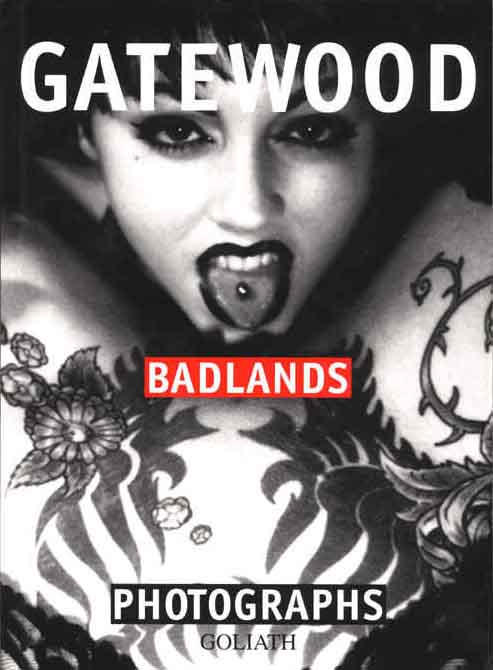
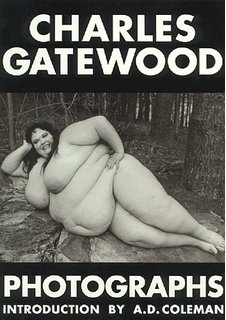
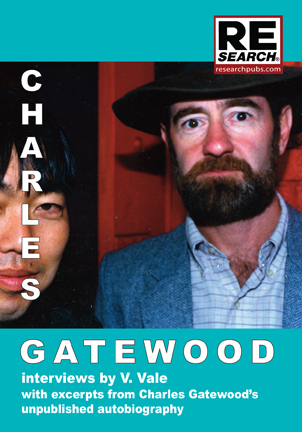
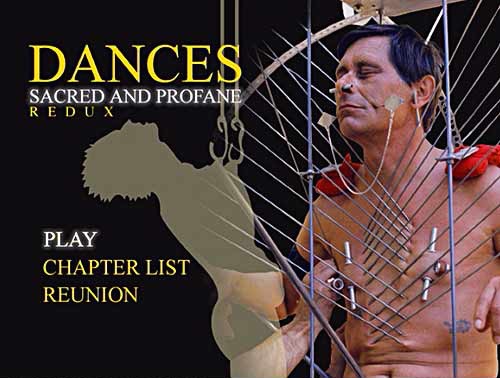




Leave a Comment